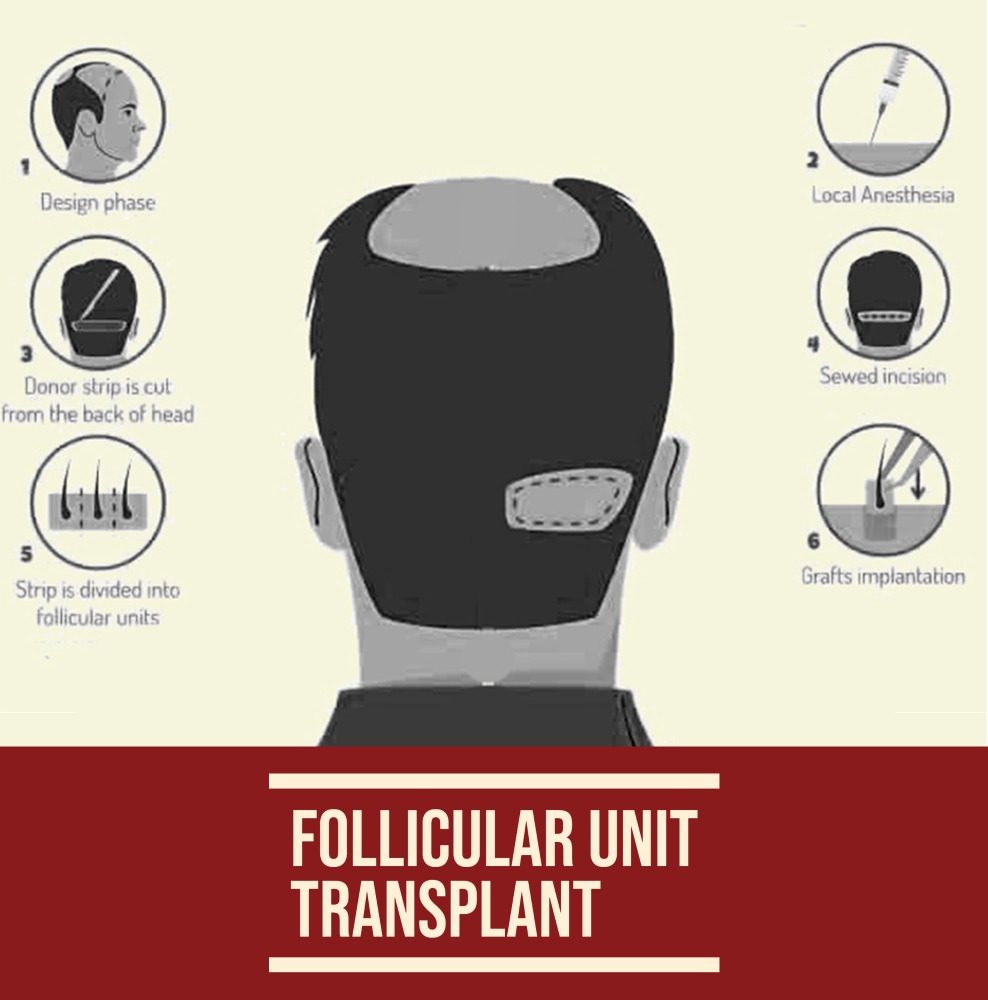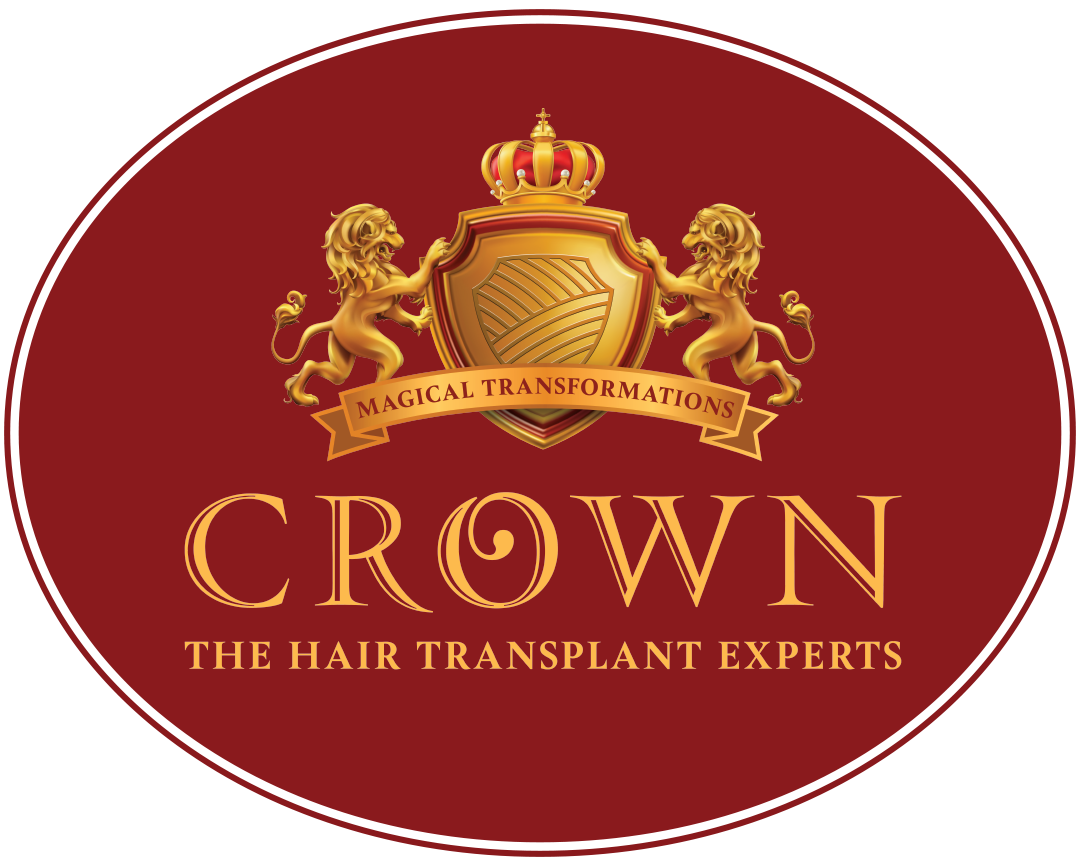The International hair society states that approximately 35 million men suffer from hair loss. Most of them begin to lose hair around the age of 35, with a loss rate of 40%. Treatments for hair loss range from non-surgical methods like topical applications, medications, and laser hair therapy to surgical transplant procedures. Over the years, many significant advancements have been made in the field of hair restoration techniques making the recent procedures minimally invasive and least painful, enabling patients to transition to their normal routine within a day or two. Though the history of the first hair transplant dates back to as early as 1939, it was not until 1995 that surgeons started to transplant individual hair follicles called follicular units to impart a more natural look.
Follicular Unit Transplant brought about a significant transformation in the field of hair restoration. These follicular units were to be harvested only from the back or side of the scalp (known as the permanent zone or safe donor zone) and re-inserted into the balding areas, where they will continue to grow as they would in their original location. This method was introduced in 1995 and was adopted with a lot of scepticism by surgeons worldwide. However, Follicular Unit Transplant (FUT) technique became the main form of hair restoration surgery over the next two decades and gained quick popularity over the older methods like scalp reductions/flaps that resulted in unnatural looks. However, this technique called for a very different proficiency and skill requirement level from the transplant surgeon. By 2000, FUT had become the most sought-after treatment among patients facing hair loss.
Follicular Unit Transplant procedure, FUT in short, is also called as STRIP method. In this, a strip of skin from the donor site(back and sides of the head) is cut and individual hair follicles are extracted to be inserted into the balding parts of the scalp. The size of the strip will depend on the number of follicles needed to cover the bald areas. The strip width usually ranges from 1 to 2 cm. This technique works best for covering a receding hairline caused by male pattern baldness. A follicular unit transplant procedure involves careful planning and execution to obtain the desired results. The steps involved in the FUT procedure are-
• The hairline is redrawn with care and precision to ensure natural-looking results. The area of hair extraction is marked, and local anaesthesia is administered to the scalp to numb it. A sedative can be taken if the patient prefers to. Most people stay awake during the procedure.
• The surgeon will excise the strip of skin with the follicular units that are known as hair grafts

• The strip is then placed under a high high-powered scope to select individual hair follicle units containing 1 to 4 hair strands.
• Once harvested, these grafts are to be handled with a lot of care so that they are not damaged or do not dry up.
• At CROWN, the hair follicles are treated extremely delicately like newborn babies.The follicles are preserved in isotonic ringer lactate sterile solution
• Meanwhile, the scalp at the donor site will be closed with the trichophytic closure, which allows hair growth through the scar as well.
• The sutures dissolve in 3 to 4 weeks from the date of surgery. The donor area heals with a fine scar that is usually not very evident due to hair growing through it.
• The hair follicles will then be inserted carefully into the tiny incisions made in the balding areas of the scalp. These tiny incisions are the guiding factor in determining the angle and direction of the hair to be transplanted.
• An antibiotic ointment will be applied to the scalp post-implantation
and a moist bandage is given. The patient revisits the clinic after 48 hours of surgery.
• The first shampoo post-surgery is performed at the clinic, and the patient is taught how to do the same.
The post-operative phase after FUT and FUE are almost identical.
The follicular unit transplant procedure takes around 4 to 7 hours. After the initial shedding phase in the first few weeks, the growth can be seen approximately 5 to 6 months after the procedure. The hair growth will continue in the same way as the donor area, thereby creating better coverage. Complications or side effects after a Follicular unit transplant are rare. However, some of the rare side effects could be-
• Scalp bleeding, which the patient doesn’t see as it’s covered with a bandage
• Folliculitis(inflammation of hair follicles)
• Pain, swelling and mild discomfort
• Scarring- The scar at the donor site from where the strip has been removed, though permanent, will fade over time. The extent of the scar depends on the strip width excised, surgical skills and patients’ healing
• Shock hair loss- At times, along with the transplanted hair, existing hair in the recipient area falls out within a few months of surgery. This is called shock hair loss. The hair usually grows back within a few months, along with the transplanted hair.
